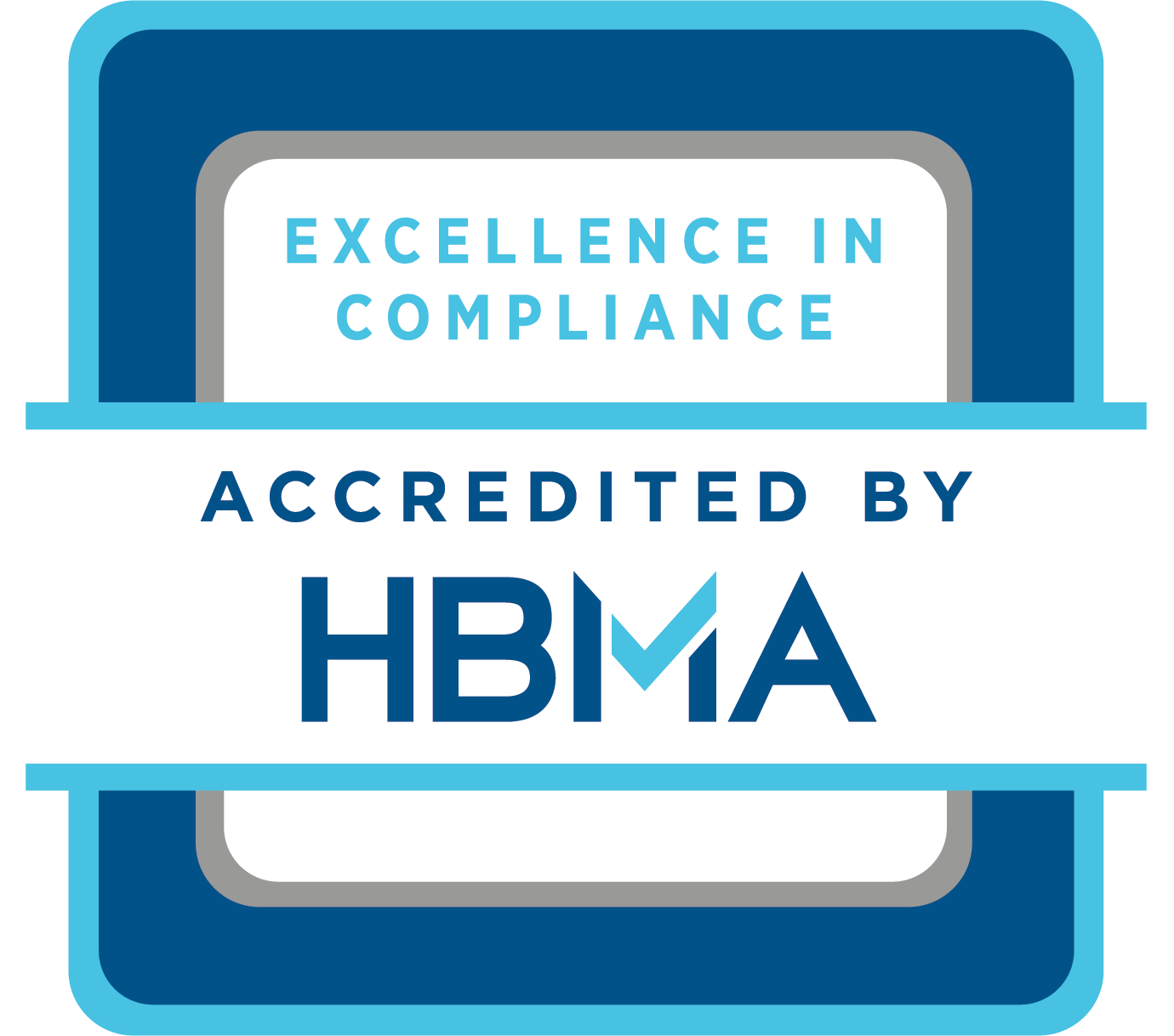NEWS
CMS Announces “Meaningful Use” Rules
Does that mean it’s time to buy an EHR? Maybe not.
July 15, 2010
by Dennis Allen
If you've been thinking about moving to an electronic health records (EHR) system, in hope of the federal government subsidizing the cost, you might be led to believe the time to act is now. After all, the promise of $44,000 per physician from Medicare (or up to $63,750 under Medicaid) is pretty alluring. Getting that money, however, is not automatic, and not every EHR may qualify. In fact, as of right now, no EHR qualifies for the reimbursement. Not even one.
Shocked? It’s the little secret that vendors aren’t touting.
To be fair, it’s not the vendors’ fault. And with all the news this week about “meaningful use,” you might think that everything is settled. Well, it isn’t, and I’ll try to explain why.
This week the Centers for Medicare & Medicaid Services (CMS) posted its final rule on “meaningful use” requirements that physicians must meet with their EHR to participate in the Medicare or Medicaid incentive plans. So far, there are no big surprises, though everyone is still digesting the massive 864-page document.
Essentially, the document spells out the minimum amount of activities you must perform with your EHR to be considered as having used it in a, well, meaningful way. It includes such things as e-prescribing 40 percent of the time, maintaining vitals, recording smoking status, providing patients who ask for it with electronic copies of their health information, and much, much more.
While "meaningful use" might seem enough to qualify for the federal money, the EHR software itself must also be "certified." The problem is that the certifying bodies—the organizations that will eventually certify the EHR software—have not even been named yet. Even worse, the process for certification was issued by DHHS only on June 18, 2010. The industry is still waiting for the Department of Health and Human Services (DHHS) to issue the specific criteria that EHRs must meet to become certified.
Meanwhile, each potential certification body must become an official “Authorized Testing And Certification Body” (ATCB) as deemed by the Office of the National Coordinator (ONC) for Health and Information Technology, or an ONC-ATCB. Only an ONC-ATCB can deem an EHR software certified for the CMS incentive programs.
In other words, no one currently has the authority to certify EHS software and the testing criteria for certification does not exist yet.
But what about CCHIT certification?
Many EHRs currently carry a certification from the Certification Commission for Health Information Technology (CCHIT), a non-profit organization that has done much to develop standards for EHR software. The CCHIT certification carried by an EHR is associated with a specific year to convey which set of standards (each year the criteria changes) that the EHR software meets. While useful, that certification is not the “official” certification your EHR needs. Most likely, CCHIT will become a certifying body, and more organizations are expected. But for now, a CCHIT certification doesn’t get you the $44,000 per physician in your practice.
The bottom line is: If your EHR isn’t certified—and none are at this time—then you cannot qualify for the federal dollars.
What should you do? If you don’t have an EHR in place, wait. At least until all the certification hullabaloo is resolved. That may take a few months, because after the certification criteria is completely defined, the EHR vendors will most likely need to tweak and enhance their products with the necessary features, and then debug the software. To commit to an EHR before it is certified is to place an enormous amount of faith—and the success of your practice, not to mention the $44,000 per physician—in the company that makes it. Sure, each company intends to have its EHR product certified, but how long will that take? In the world of software, that’s like asking how long is a piece of string. And you really don't want to use any software that was updated under the pressure of short deadlines until it has been adequately tested and debugged. Otherwise, your practice becomes a test lab for uncovering those bugs.
If you can’t wait, at least get a written guarantee—with cash penalties—from the vendor that it will take whatever steps are necessary to get its EHR product certified in time for you to qualify for the full $44,000 per physician Medicare incentive. However, if certification doesn’t occur until, say, late in 2012, you won’t be eligible for the full incentive amount.
If you already have an EHR in place, you should also wait, and make no further commitments to
upgrades until the new version of your EHR has been certified. You might
also want to seek a written guarantee from the vendor. Just be aware that at
some point, you could face the dilemma of either choosing another EHR or
keeping what you have and forgoing the $44,000 per physician.
For more details, read The New England Journal of Medicine’s synopsis, The "Meaningful Use" Regulation for Electronic Health Records,” by David Blumenthal, M.D., M.P.P., and Marilyn Tavenner, R.N., M.H.A., (of HHS and CMS, respectively). Or if you want to get into the weeds of “meaningful use,” download the complete 864-page document, Medicare and Medicaid Programs; Electronic Health Record Incentive Program (final rule).


